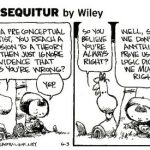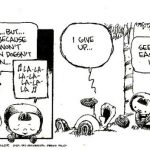John Sepkoski and David Raup of the University of Chicago “discovered a repeating pattern of extinctions” – with a 26 million year cycle having nothing to do with pole shifts – but my point is that instead of acknowledging a great discovery, which has since been attributed to our solar systems’ oscillations above and below the galactic equator – they say: “So far the signal has refused to be statistically massaged out of the data.” Sepkoski said: “Although it causes me some considerable philosophical anguish, the periodic signal does begin to look real.” It sounds like somebody knows their grant money comes from a government that doesn’t like evidence of periodic cycles of destruction, and is apologizing for writing up obvious conclusions that go against their master’s wishes. (Roger Lewin, “Extinctions and the History of Life.” Science, v 221, 9/2/1983, p. 935)
In my recent book on POLE SHIFTS, one of the inescapable conclusions is that many species go extinct when such a cataclysm occurs, and surviving species branch out into newly available lands. Massive evolution occurs in short bursts. Eldredge and Gould published their thesis on this (allopatric speciation – or punctuated equilibrium) in 1972 – but it hasn’t been easy for the rest of the scientific community – or the world – to accept periodic catastrophes and short bursts of mass extinctions followed by bursts of surviving species branching out and diversifying rapidly.
Yet the evidence will not be silenced… and over 100,000 years ago, one such pole shift had particularly drastic loss of life and a huge impact on the diversity of life for those species that were able to adapt and survive and take over newly emptied environmental niches… right now, the poles are located in the Arctic Ocean and Antarctica. Only one small continent (Antarctica) is basically devoid of surface life. Imagine if the poles shifted again, and Angkor Wat in Cambodia was the new North Pole, and Nazca in Peru was the South Pole. They are, by the way, perfectly opposite each other, on a former equator with the Great Pyramid and many other ancient monuments…

If the poles went to Peru and Cambodia, Earth would lose all tropical life in Southeast Asia and South America. India, China, Vietnam, the Philippines, Indonesia, Peru, Brazil, Ecuador, Colombia, Venezuela, and many other nations we know would be buried under ice caps, and all the diversity of those tropical rainforests would be lost. If the next pole shift after that returned to a position much more similar to our current one, all those areas would warm up and host invasions of life forms that adapt well to change and other species would branch out and develop new regional variations best suited to fill the newly emptied and newly tropical lands. Sometimes a pole shift has less – or more – of an impact than other times.
“Earlier this year, scientists from New York and Sweden published the results of their sweeping study of 5 million DNA barcodes from about 100,000 different animal species… In addition to a shocking absence of genetic diversity, the authors were stunned to conclude that about 9 out of every 10 species on Earth appear to have come into being at about the same time, apparently sometime between 100,000 and 200,000 years ago. Study co-author David Thaler said of the findings, “This conclusion is very surprising, and I fought against it as hard as I could.”
I want to emphasize:
“This conclusion is very surprising, and I fought against it as hard as I could.”
Why can’t scientists just acknowledge true results? “Grant money comes from a government that doesn’t like evidence of periodic cycles of destruction.” That’s a professor’s “summer income.” No wonder they rarely “discover” such evidence, and “fight against it” when they do.



